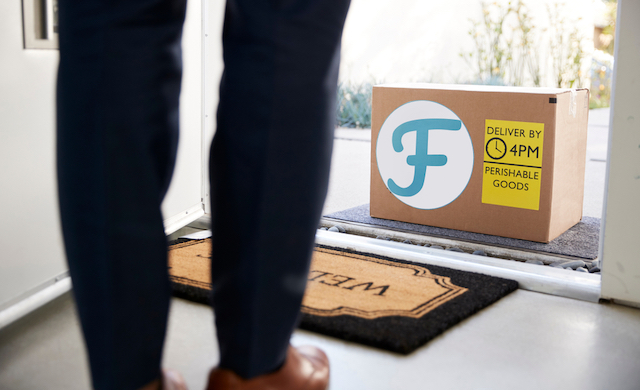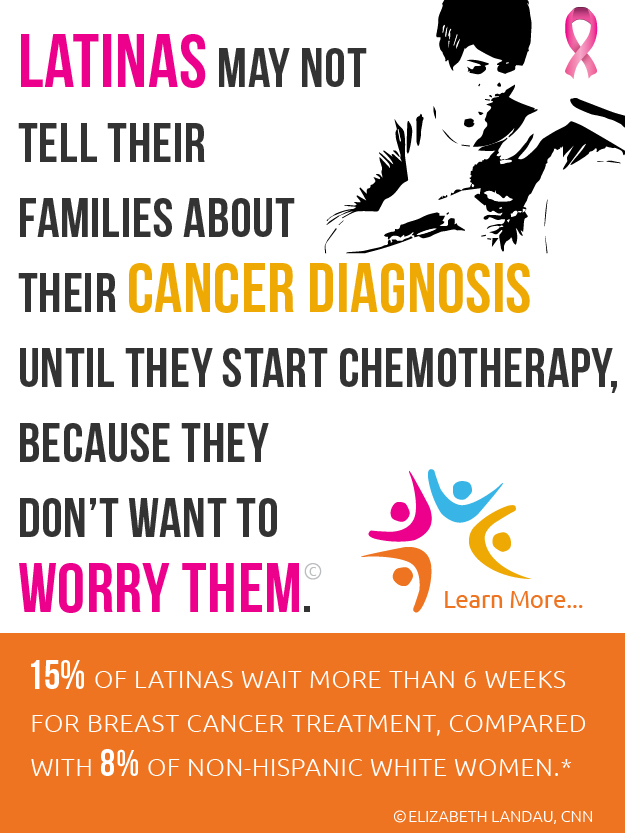
Recommendations For Handling Delivery Boxes
04/13/2020 06:00AM | 3821 viewsSuddenly without much preparation, Americans were told to stay home to stop the spread of COVID-19. Remote working was no longer an option just for adventurous millennials. And parents were also asked to be full-time teachers.
Unemployment rates skyrocketed as many small businesses closed. But at the same time, I did the research and found a silver lining. Twelve companies are hiring over 750,000 workers right now during the pandemic.
Since my 20-plus-year career on national network radio and as a tech columnist focuses strictly on living the best digital life, I see other changes that may not be readily apparent. What the internet and technologies have driven in terms of convenience must now be approached with caution. Let me explain how.
Opening your Amazon boxes and other online orders
One week before the news broke that at least 10 Amazon warehouse facilities had workers infected with the coronavirus, I warned my audience not to simply pull out a box cutter and grab their orders out of a box. You can’t do that anymore. Lots of people touch your online orders.
Think about it. There are the people who packed the order, the ones who load the trucks and the final deliverer to your home. Technically, the virus could last for up to 24 hours on cardboard. Check here to see how long experts say coronavirus lives on other common surfaces.
Only open your Amazon boxes, or other online orders, outside and immediately throw the box away. If you have latex gloves, use them. Clean the wrapping off the items you ordered and the item itself with disinfectant wipes. Make sure you’re using chemicals that are known to kill the coronavirus. Tap or click here to see the list.
Remove the gloves and rely on the Centers for Disease Control and Prevention's top recommendation. Wash your hands for at least 20 seconds in cold or warm soapy water.
Paying for your purchases
It’s not wise to hand over your debit or credit card anymore for your purchases. You don’t know when the person handling it last washed his or her hands. Even worse, the person could be infected or an asymptomatic carrier.
Here’s where tech helps. First, set up your phone to use Apple Pay, Google Pay, or Samsung Pay. Think of it like a digital wallet in your phone that replaces your physical wallet. It contains your debit or credit card number.
When you’re done shopping and paying for your purchases, unlock your phone by using your face or entering your passcode. Tap your phone on the reader at the cash register, and like magic, you’re done. The charge will be processed using the debit or credit card you entered into your digital wallet.
Obviously, there are precise steps you need to take before you can do this. Tap or click here for the instructions to use your phone instead of your credit card to pay for purchases at grocery stores, pharmacies, and more.
Taking an Uber or Lyft
How fabulous has it been to open your phone, tap an app, and have someone ready to take you anywhere in a few minutes? During the pandemic, ride-hailing services have been deemed “essential” in many areas transporting medical personnel and the vulnerable around. But does this mean it’s safe to take an Uber or Lyft?
When you get into a car, you simply cannot comply with the CDC’s social distance rule of keeping six feet away from anyone else. Some drivers are using disinfectants after each rider, but there’s no way to know if it was done correctly or that it even happened. Avoid ride-hailing services if you can.
I spoke with Sergio Avedian, who is a Senior Contributor at RideShareGuy.com, for a podcast about what it’s really like to be an Uber driver during a pandemic. It’s genuinely frightening.
You can listen to this podcast on Apple, Google, or wherever you get your podcasts by searching for “Komando.” Alternatively, you can listen on my website by tapping or clicking this link.
Getting meals and food delivered
Online meal home delivery companies such as Blue Apron, Hello Fresh, and Home Chef see a surge in orders. It makes sense because we’re all holed-up and need to eat.
Even though you ordered online, human hands put the boxes together that contain the meat, sides, vegetables, spices, instructions, and more. This advice applies if your groceries are delivered, too. According to the CDC, there is no evidence food can infect you. Health officials still urge people to carefully clean packaging and to wash fruits and vegetables as a precaution.
When you receive your package, wear latex gloves and wipe the box down with disinfecting wipes. Open the package outside and throw the box away. If it’s a shelf-stable item, you may want to wipe it down with a disinfectant and put it in a safe area separate from the rest of your food. Let it sit for one to three days.
If your item is perishable, wipe down the container with disinfectant and put it in the refrigerator immediately. Try to isolate it from other items in your fridge. Wait one to three days, then wipe it down again before opening. Any fresh ingredients like fruits or vegetables should be carefully washed with soap immediately before storage and wash again before consuming.
If the item is something you need to eat right away, follow similar rules. Use latex gloves, sanitize the container it came in, and use clean kitchen utensils to transfer the food to a clean plate or bowl. Discard the containers, any plasticware, condiments, and napkins.
Coronavirus freebies: Companies giving out free stuff right now, and how to get it
In the wake of COVID-19, many companies are offering special freebies and deals. From free software from Google and Microsoft to buy one and get one free at Olive Garden, companies are trying to help. We did the research and put together a very comprehensive list you’ll find on my site.
Tap or click here to find some freebies you can use during this pandemic.
Learn about all the latest technology on the Kim Komando Show, the nation's largest weekend radio talk show. Kim takes calls and dispenses advice on today's digital lifestyle, from smartphones and tablets to online privacy and data hacks. For her daily tips, free newsletters and more, visit her website at Komando.com.











Post your Comment
Please login or sign up to comment
Comments